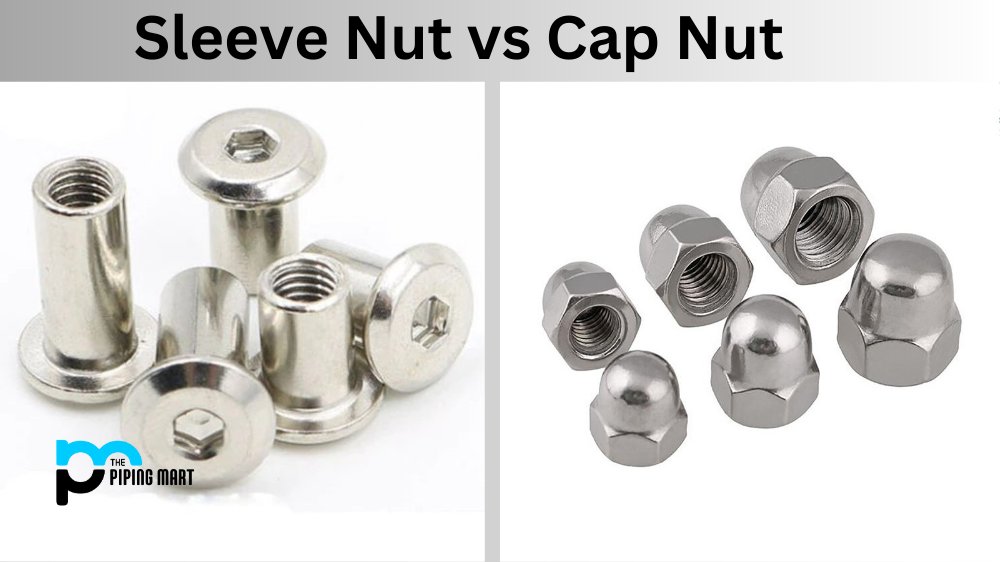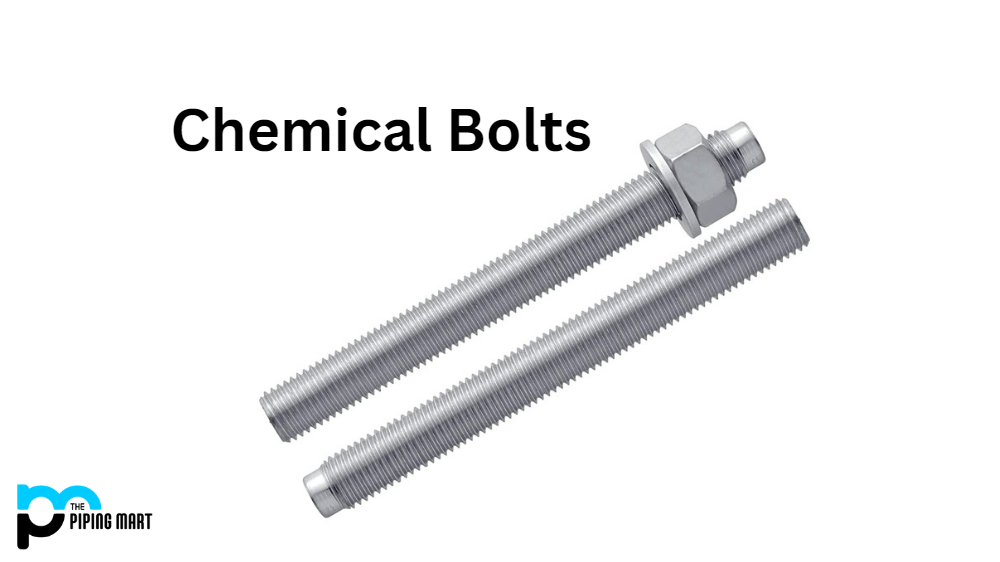Nuts and bolts are essential to any construction, engineering, or home improvement project. However, not all nuts are created equal. In particular, sleeve and cap nuts have distinct features that make them suitable for different applications. Whether you are a professional builder or a DIY enthusiast, understanding the differences between sleeve and cap nuts will help you make more informed decisions in your projects. In this blog post, we will explore the features and applications of these two types of nuts and help you decide which is best for your project.
What is a Sleeve Nut?
A sleeve nut, also known as a coupling nut, is a cylindrical nut with internal threads that extend throughout the length of the nut. They are often used to connect two threaded rods or extend the length of a threaded rod. Sleeve nuts are ideal when you need to join two threaded rods of different sizes or create a longer threaded rod from two shorter ones. Sleeve nuts come in various diameters and lengths, and you can also find them in different materials, including steel, stainless steel, and brass.
What is a Cap Nut?
A cap nut, or an acorn nut, is a dome-shaped nut with a closed end. They are designed to cover and protect the exposed end of a bolt or threaded rod. The domed shape also adds an aesthetic touch to the finished project. Cap nuts are often used in furniture assembly and to cover the exposed ends of bolts or threaded rods in handrails, guardrails, and other similar applications. Like sleeve nuts, cap nuts come in different materials, including steel, stainless steel, and brass.
What are the Differences Between Sleeve Nuts and Cap Nuts?
The primary difference between sleeve and cap nuts is their shape and purpose. Sleeve nuts are cylindrical and are designed to connect two threaded rods or extend the length of a threaded rod. On the other hand, cap nuts are dome-shaped and are designed to protect the exposed end of a bolt or threaded rod. Sleeve nuts have open ends for inserting a threaded rod, while cap nuts have closed ends covering the end of the exposed threads.
When do You Use Sleeve Nuts and Cap Nuts?
Sleeve nuts are ideal for connecting two threaded rods of different sizes or extending the length of a threaded rod. You can also use sleeve nuts to create a coupling between two rods or to install a threaded rod into a thin material. Cap nuts are ideal for covering the exposed end of a bolt or threaded rod to protect against damage or injury. They are also commonly used in furniture assembly and for adding a finishing touch to handrails, guardrails, and similar applications.
How do You Choose Between Sleeve Nuts and Cap Nuts?
When deciding whether to use a sleeve nut or a cap nut, you should consider the purpose of your project and the application’s specific requirements. If you need to connect two threaded rods of different sizes or extend the length of a threaded rod, a sleeve nut is the best option. A cap nut is the best option if you need to protect the exposed end of a bolt or threaded rod or add a decorative touch. Additionally, you should consider the material and size of the nut, as well as the compatibility with the threaded rod you are using.
Conclusion:
In conclusion, understanding the differences between sleeve and cap nuts is crucial for selecting the right component for your project. While both nuts have similar qualities, they have markedly different applications, shapes, and functions. The decision on which to use depends on the specific function, compatibility with the threaded rod, the material, and the application. Regardless of your project’s nature, choosing the correct nut will provide better results, longevity, and safety. With this knowledge, you can confidently choose between sleeve and cap nuts.
Sakshee is a talented blogger, with a particular focus on the Business and Metal Industry. She is passionate about sharing her insights on various metal products and helping professionals to make a better decisions.




